Food Literacy
Benchmarking

Historically, food education has involved an arbitrary curriculum imposed by adults about what all children should know. However, without knowing what food-related skills and gaps children have, school systems and society cannot design appropriate curriculum. Regularly benchmarking children’s food literacy and reflecting on individual gaps is the first step to re-imagining lifelong food education.
Interactive Food Literacy Benchmarking Protocol
(Designed for Cambodia and Japan)
Food Literacy
Benchmarking Protocol
Benchmark
Measurement Tool
Food Literacy Domain
Visual Recognition
Interactive exercise
Select
Olfactory Recognition
Interactive exercise
Select
Cooking Skills Survey
Structured questionnaire
Prepare
Eat
Food Tolerance Survey
Structured questionnaire
Eat
Design a Menu
Interactive exercise
Plan and Manage
Food Tolerance Survey
Interactive exercise
Eat
Bitter Vegetable Tolerance
Eating activity
Eat
Fish Eating Contest
Eating activity
Eat
Description of Food Literacy Benchmarking Protocol: Our initiative aims to develop an interactive food literacy benchmark that can evaluate the current state and food literacy precursors (potential skills) of children. It is designed to be administered two times (grade 4-6 and grade 10-12) to track progress. The goal is to capture actually life relevant food literacy skills using methods suitable for children. The range of activities implemented with pupils was meant to cover and, in some cases, triangulate food skills in all the four domains of Food Literacy (see Figure Above, adapted from Vidgen and Gallegos 2014). Interactive or task-based exercises were used when at all practical, particularly for the domains of Plan and Manage, Select, and Eat. This includes logistically challenging activities, such as arranging the large-scale consumption (on occasion for up to 70 pupils!) of bitter vegetables and fish.
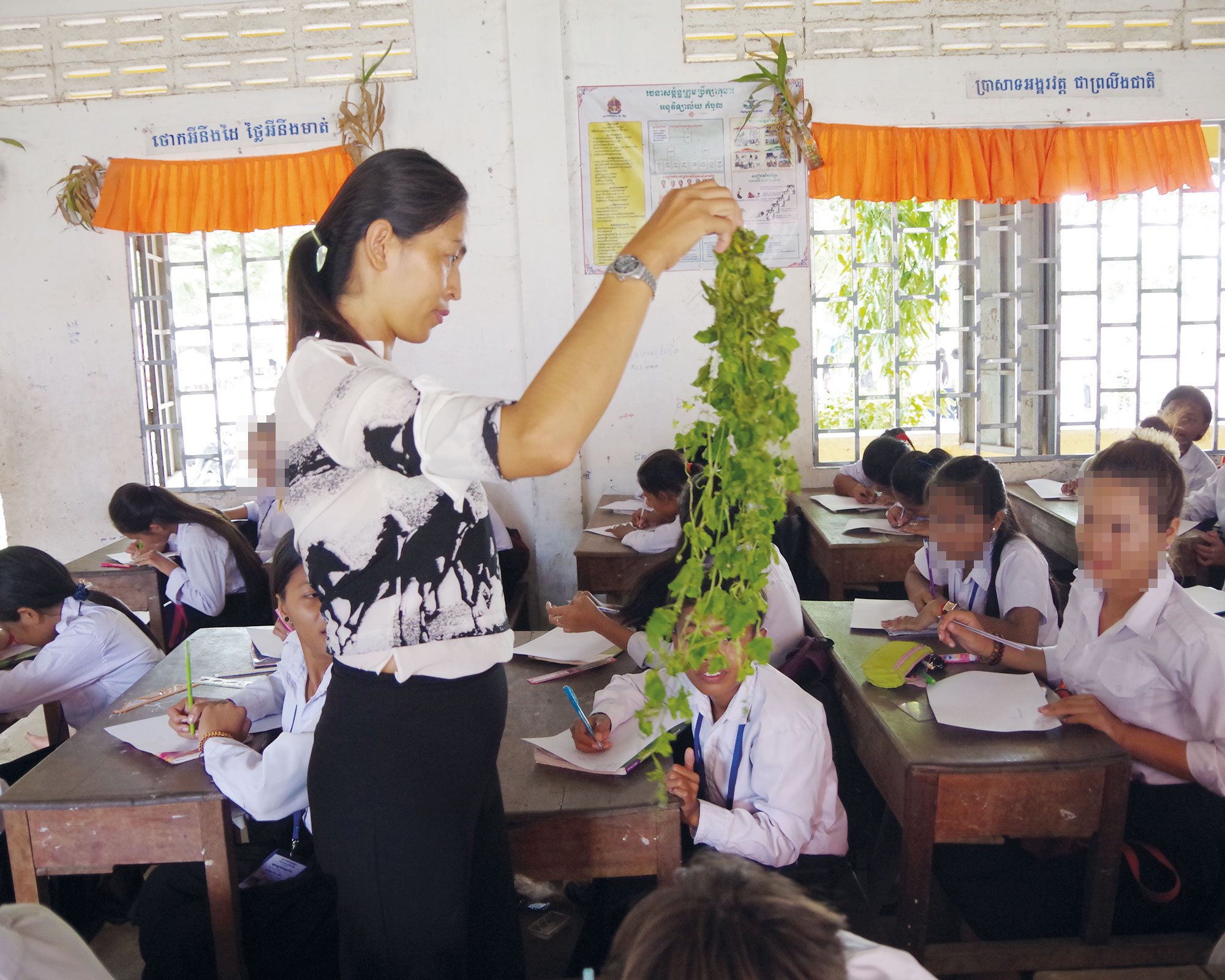
Visual Recognition
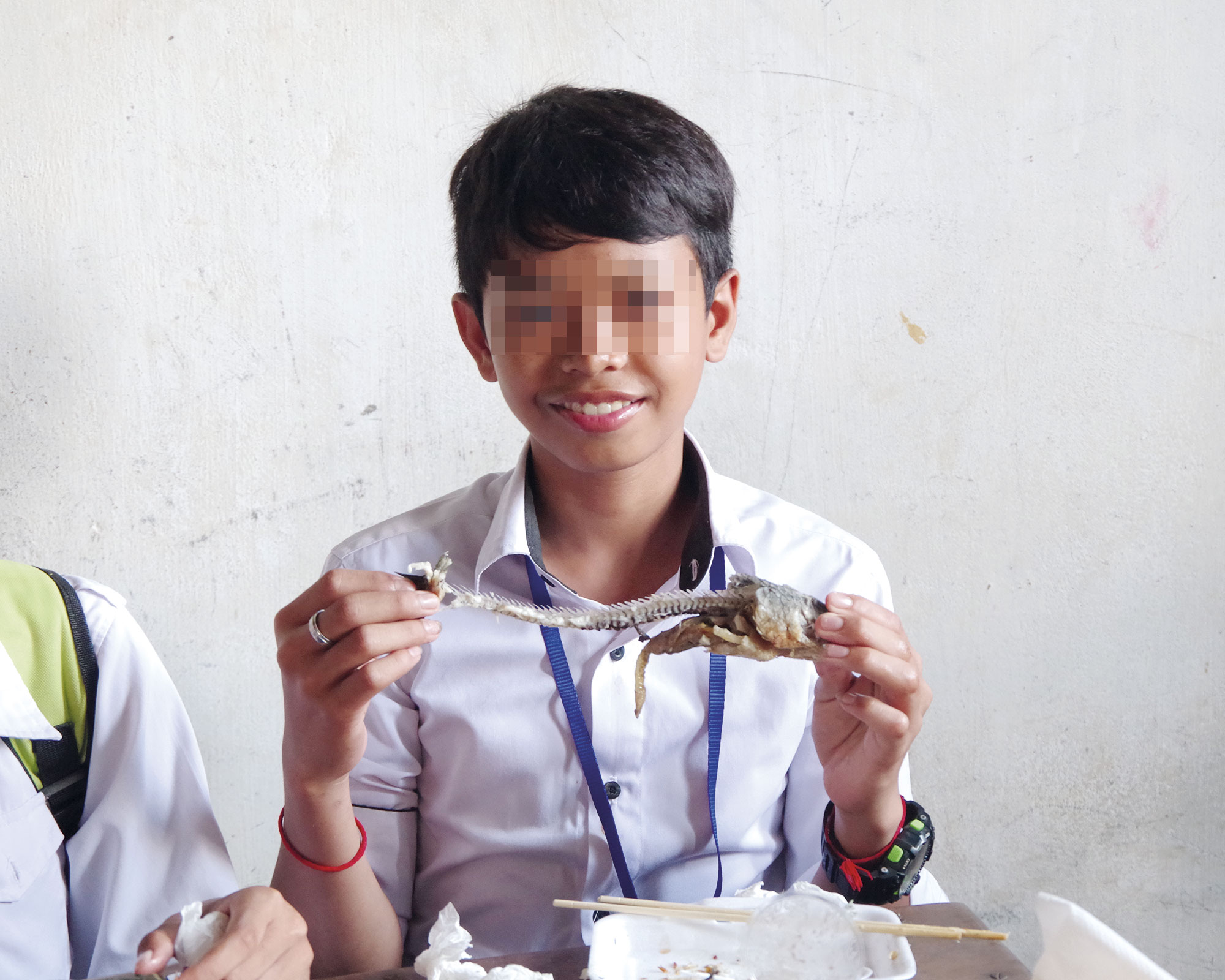
Fish Eating Contest
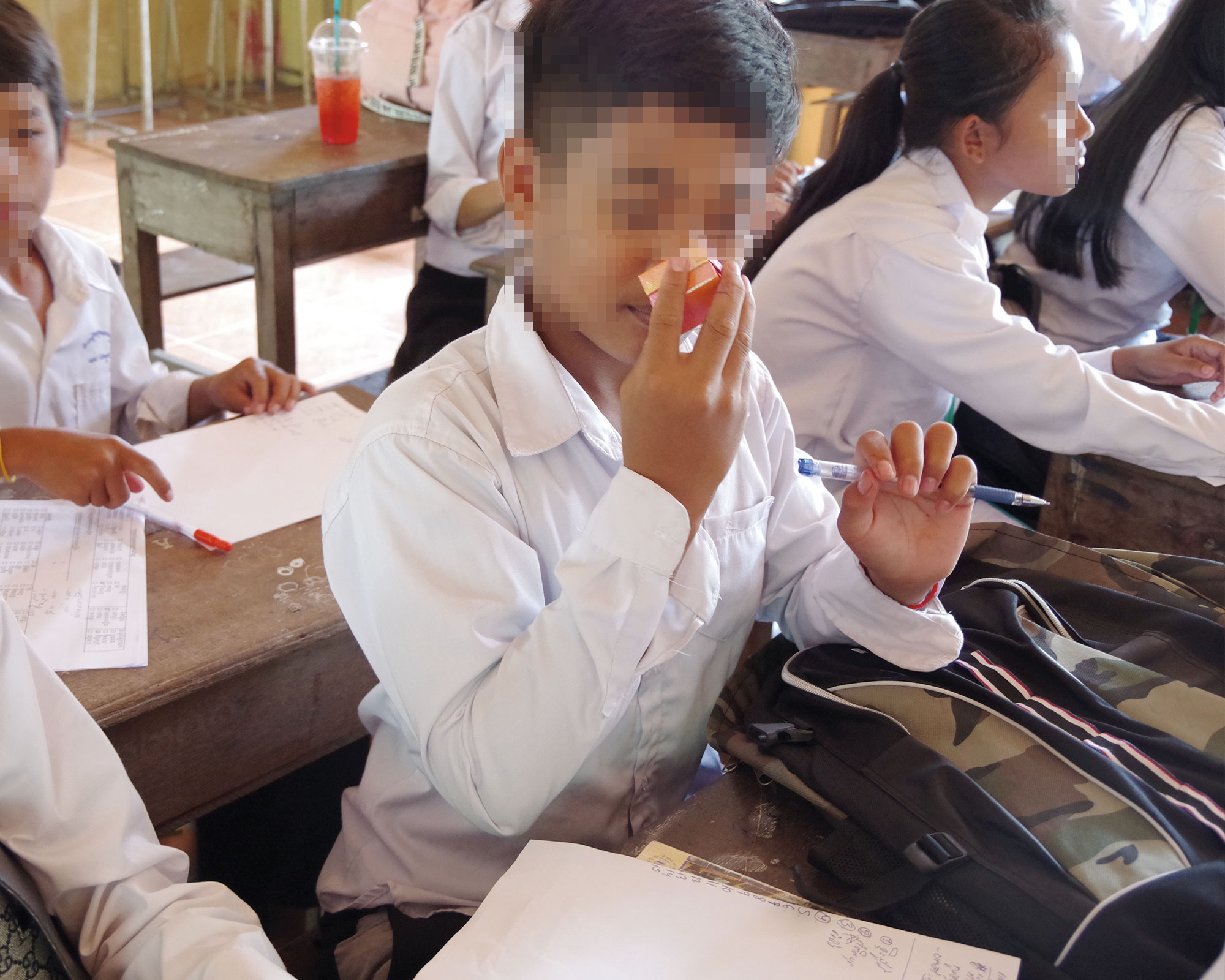
Olfactory Recognition
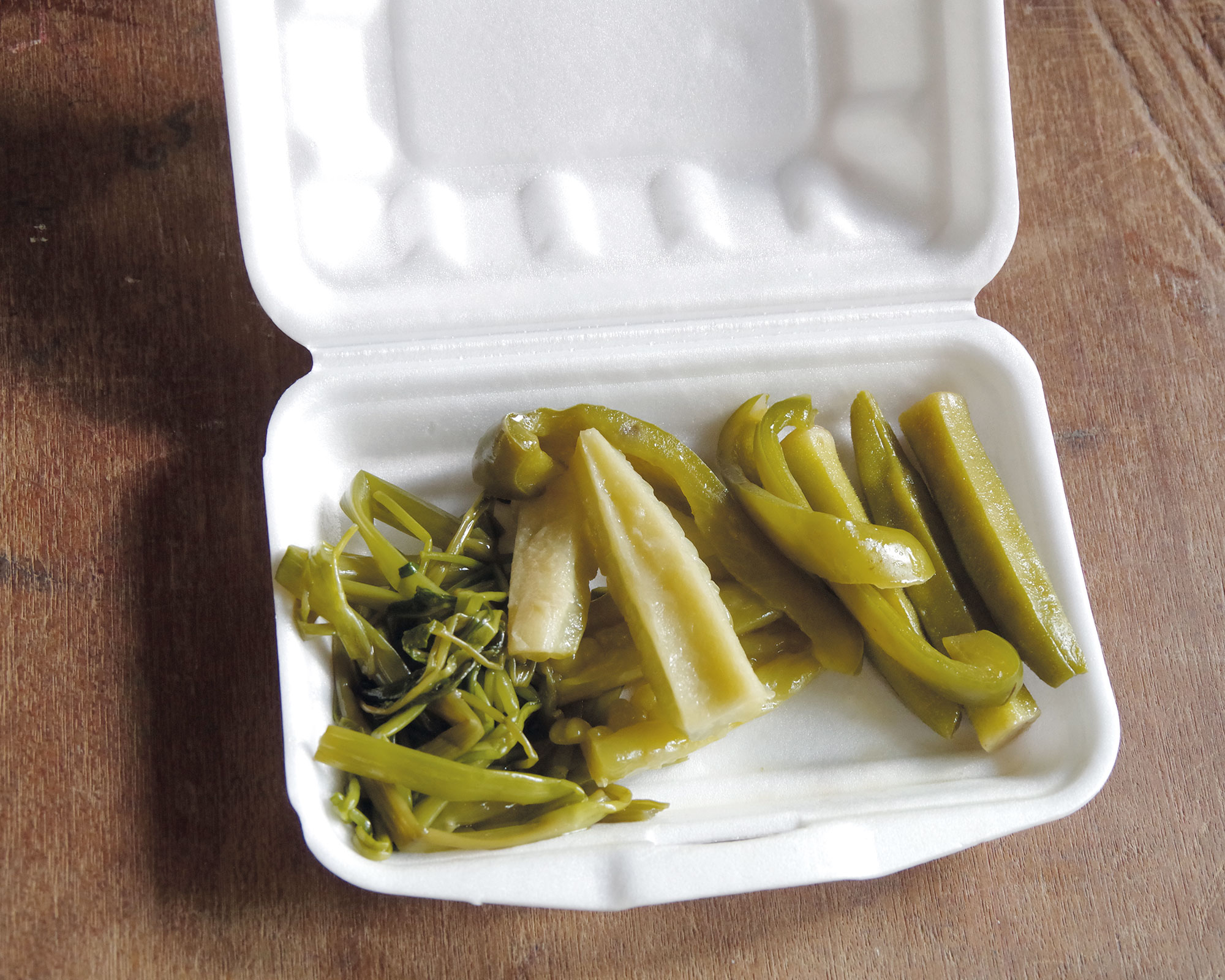
Bitter Vegetable Tolerance
We don’t shy away from creative and interactive methods that are fun for children and more accurate than conventional surveys.
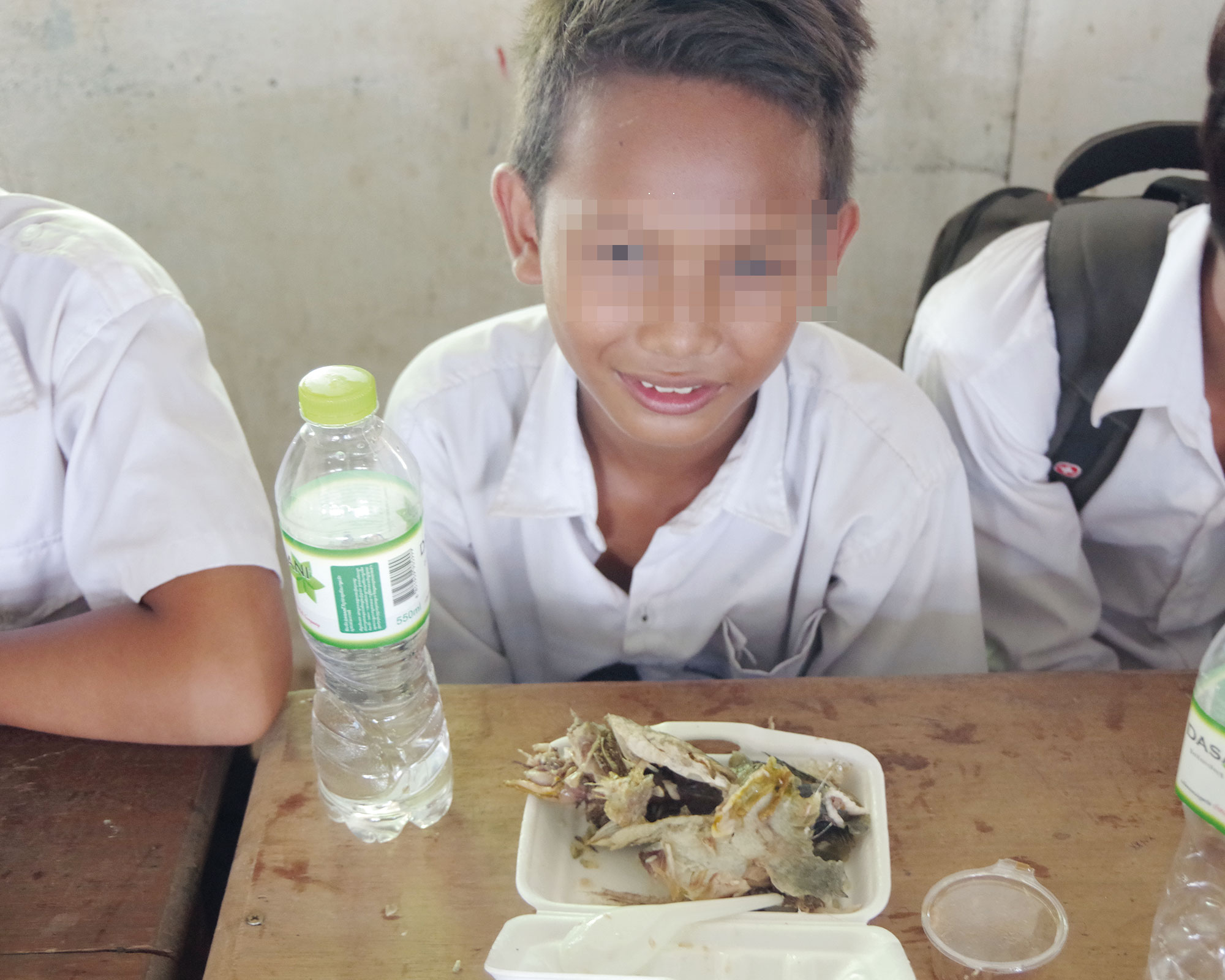
Food Tolerance Survey

Fish Eating Contest
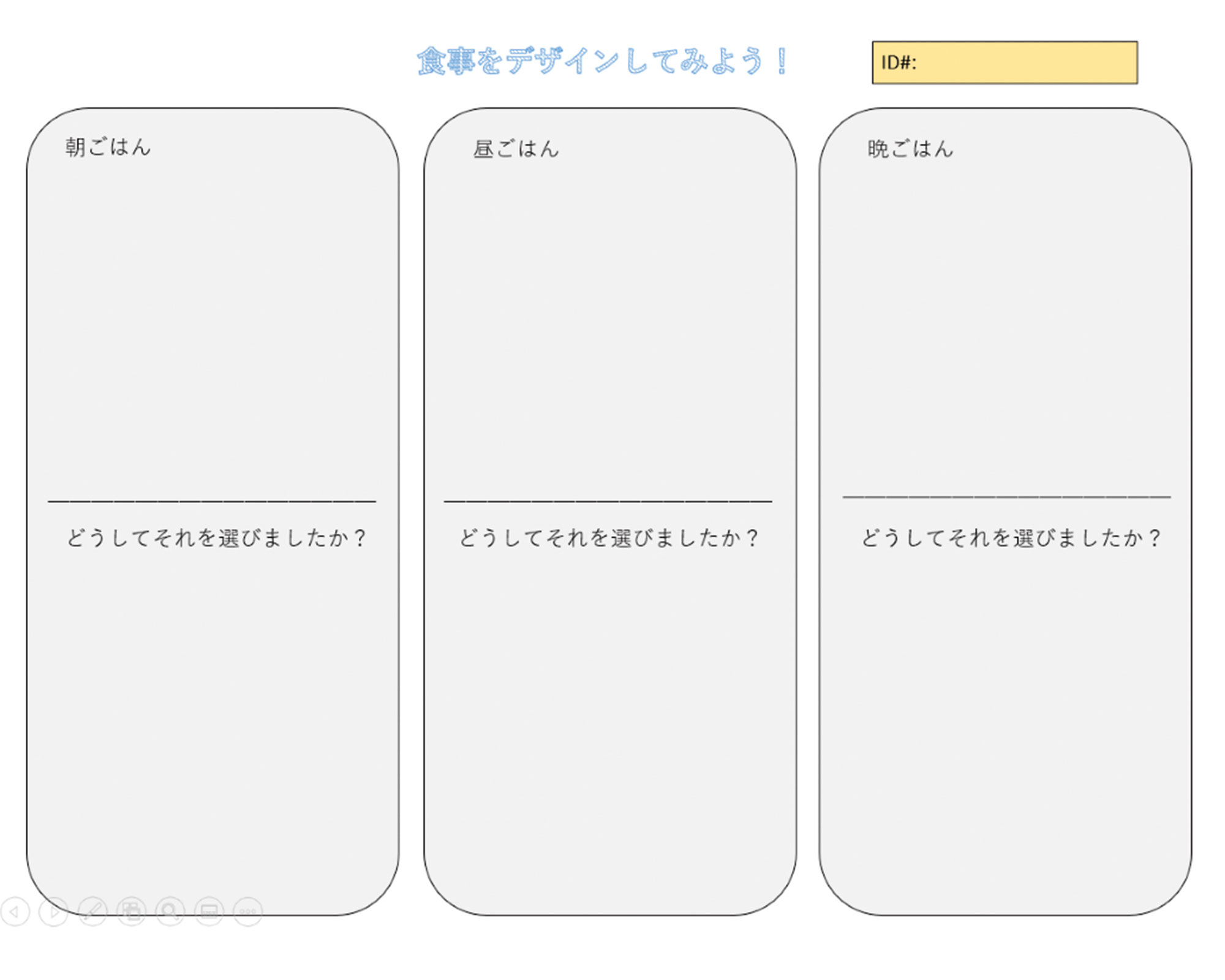
Design a Menu
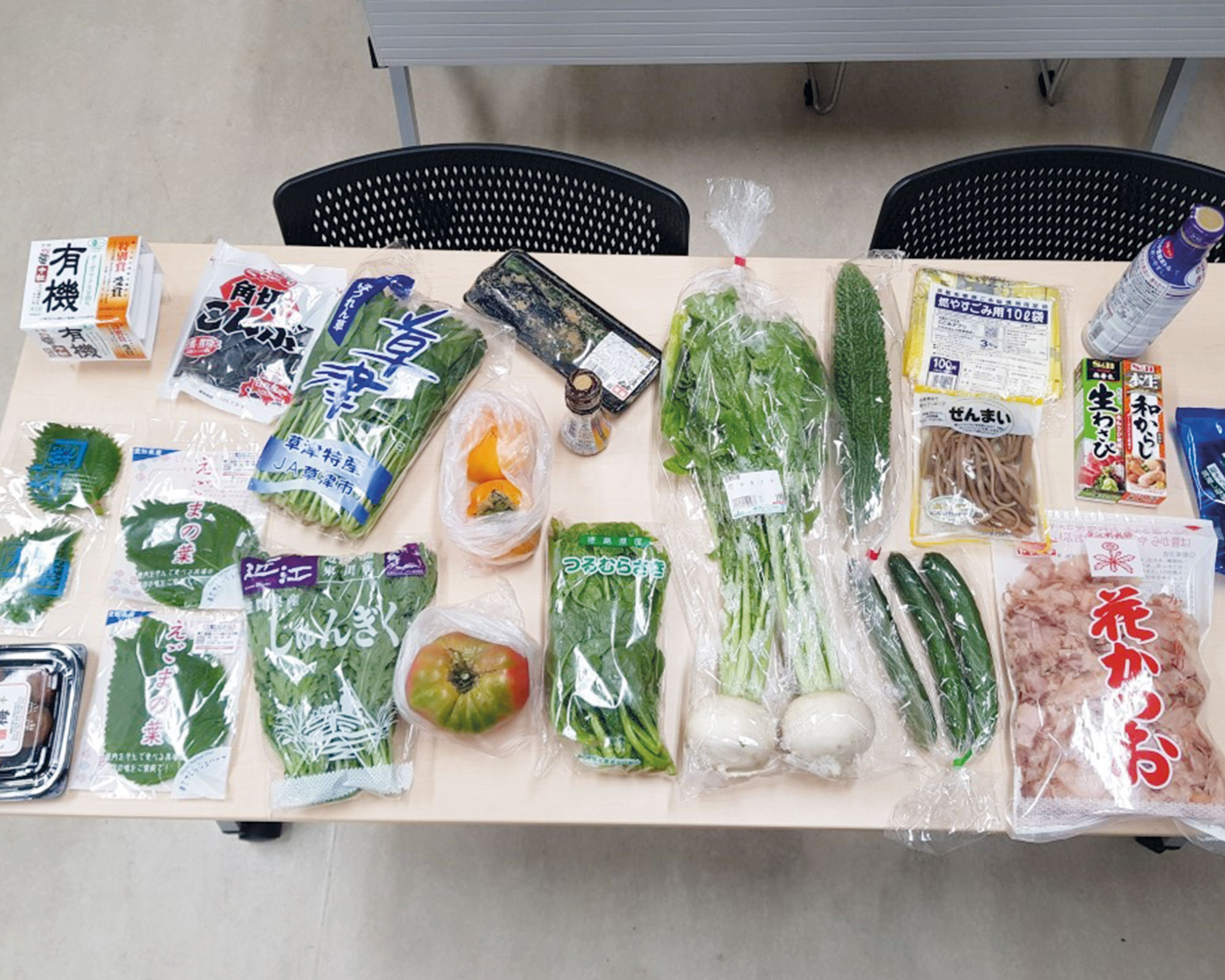
Visual Recognition
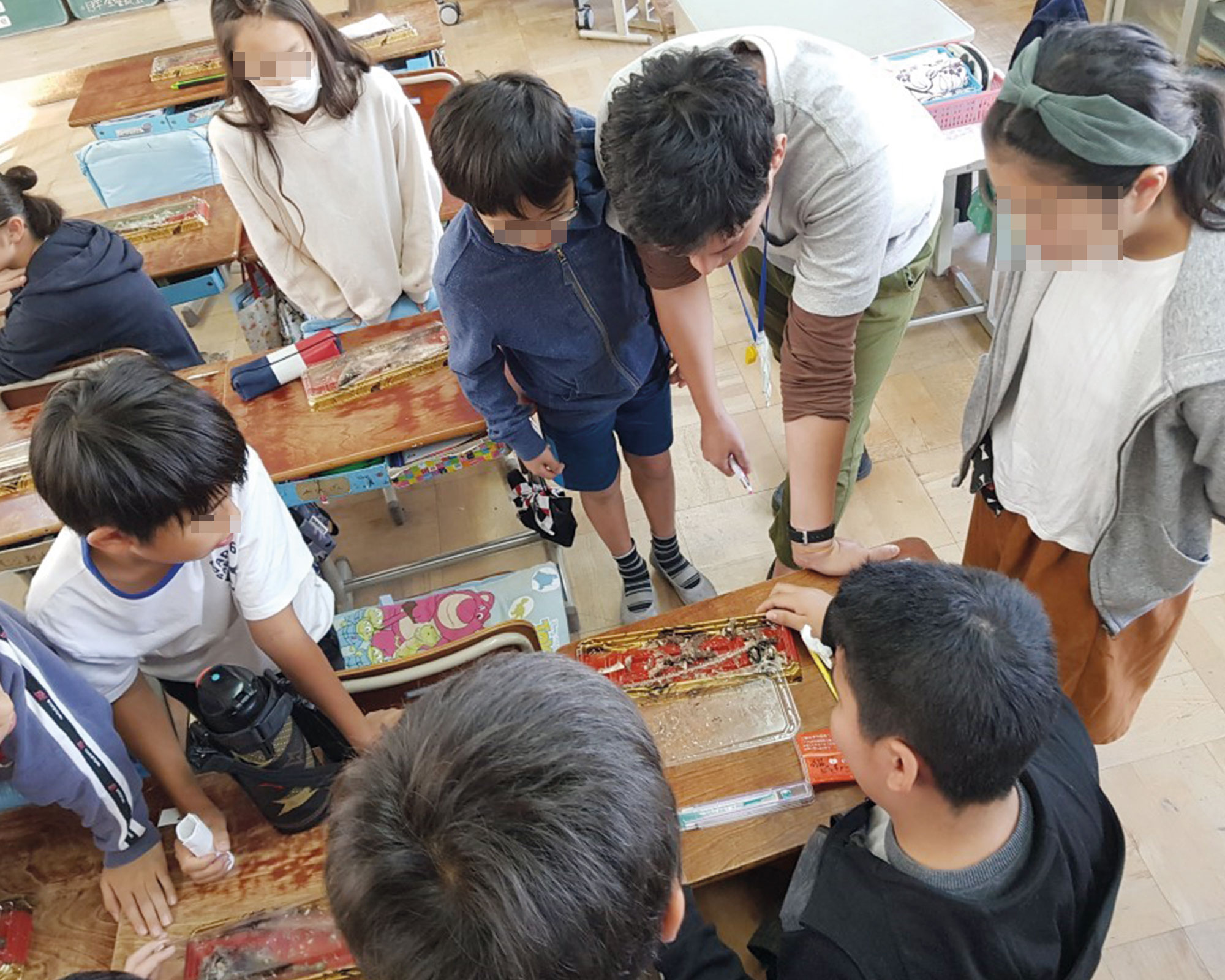
Food Tolerance Survey
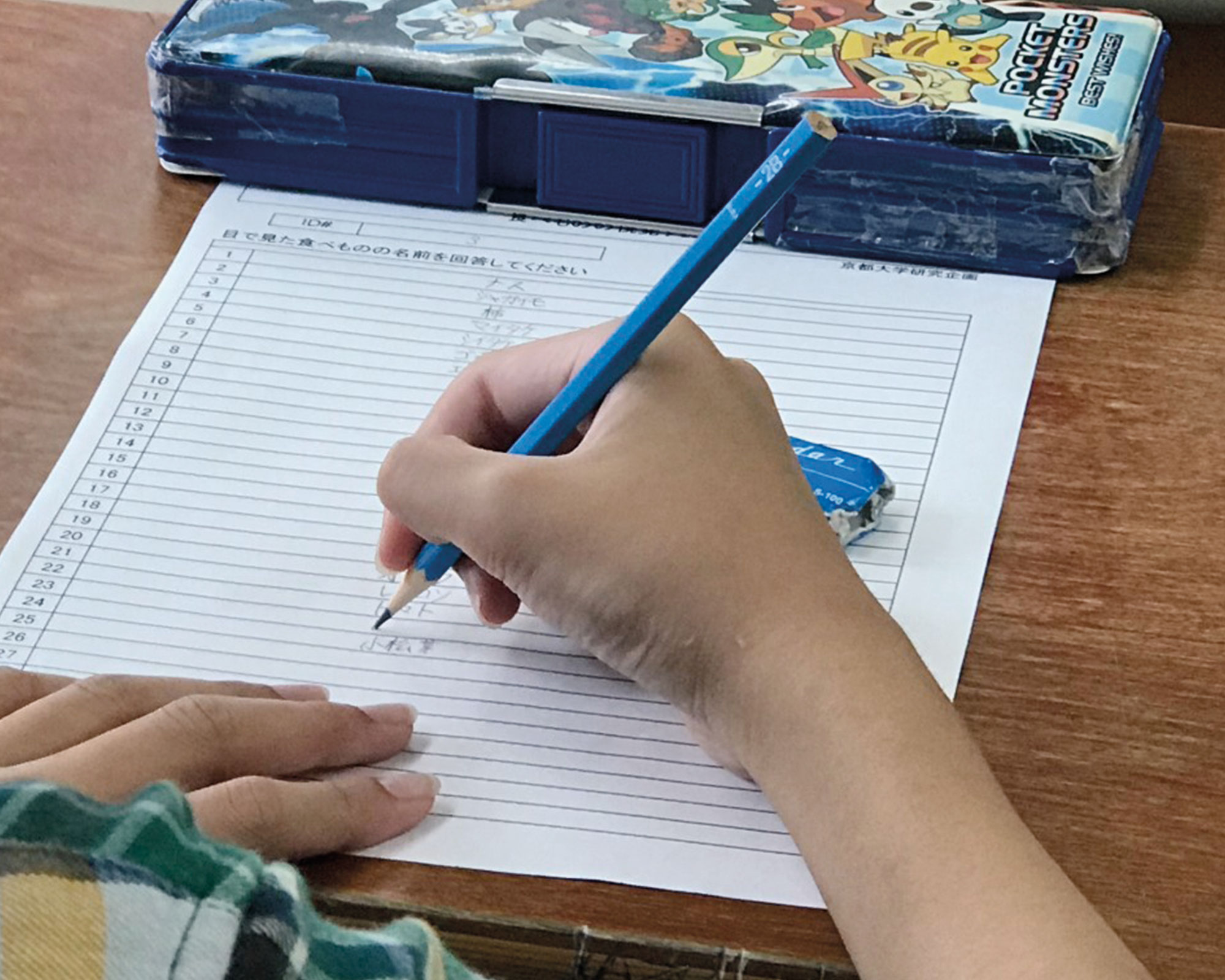
Visual Recognition
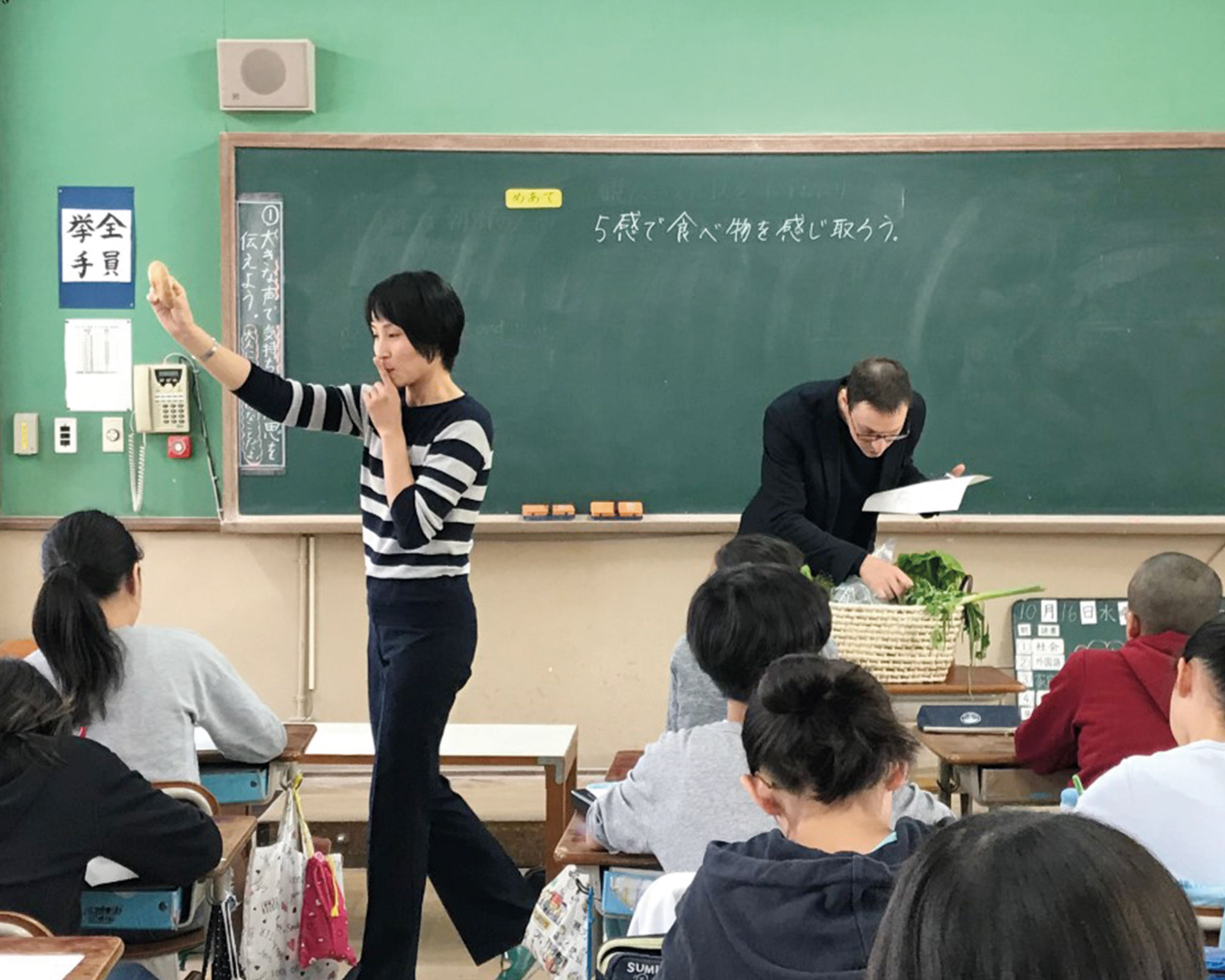
Visual Recognition
Publications
‘Negotiating Technical and Ideological Standards for Agroecological Rice Production in Emerging Markets: The Case of Cambodia’, Feuer, Hart N., East Asian Science, Technology and Society 5(4):441-459. https://doi.org/10.1215/18752160-1458013
Closed Access
doi
‘Putting Cooking Skills to the Test: Dietary Lifestyles in Cambodia's Industrial Slums’, Feuer, H.N., Seng, S., in Olmedo, E., Kay, Rachel C.S. (Eds.), Food and Society in Asia Pacific: Taste, Culture, Education, pp. 124-138. Kuala Lumpur: KITA-UKM Press.
Open Access
PDF
‘Institutional food literacy in Japan's Children's Canteens: Leveraging food system skills to reduce food waste and food insecurity via new food distribution network’, Nomura, A., Feuer, H.N., The International Journal of Sociology of Agriculture and Food (IJSAF), (Forthcoming).
Open Access
Division of Natural Resource Economics,
Graduate School of Agriculture, Kyoto University, © Hart N. Feuer
Get in touch
info@heritagefoodliteracy.com